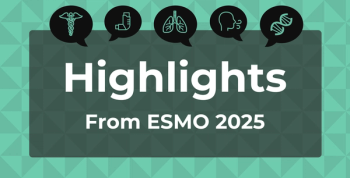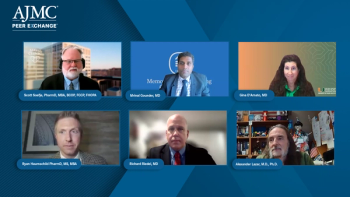
Will CMS Accept Offer of a 95% Cheaper Enzalutamide?
A company in Canada, Biolyse Pharma, has offered to manufacture a generic version of enzalutamide at a significantly lower price than what CMS paid in 2014.
The battle over the cost of the prostate cancer drug enzalutamide (Xtandi)—an androgen receptor antagonist—is far from over. A company in Canada, Biolyse Pharma, has offered to manufacture a generic version of the drug at a significantly lower price than what CMS paid in 2014.
The case of enzalutamide loops back to the drug price discrepancy that exists between the United States and nearly the rest of the world. Enzalutamide was developed by Medivation, in collaboration with the Japanese company, Astellas Pharma. Initially approved in August 2012 by the FDA for the treatment of patients with metastatic castration-resistant prostate cancer who have progressed on docetaxel, the drug subsequently received expanded approval for use in the pre-chemotherapy setting. Priced at $129,000 for the entire course in the United States, the drug is priced at almost one-third that cost in Japan and Sweden ($39,000) and at less than one-fourth the cost in Canada ($30,000).
A month back,
In her
Collins, however, is opposed to the idea of using the march-in rights in the context of drug pricing. “I am concerned that the negatives that may be flowing forward if we begin to use march-in in a very broad way about drug pricing may in fact be substantial in terms of a loss of interest in industry participation in discoveries that NIH has supported,” Collins said at a Congressional hearing in early April, according to STAT.
Meanwhile, Astellas is arguing that company rebates and contracts with government agencies as well as pharmacy benefit managers, results in a substantially lower out-of-pocket (OOP) cost for patients. However, since CMS cannot negotiate drug prices, the OOP savings for enrolled beneficiaries does not translate into savings for CMS…so a solution is warranted.
The composition of matter patent for Xtandi expires in 2027, according to the United States Securities and Exchange Commission.
Newsletter
Stay ahead of policy, cost, and value—subscribe to AJMC for expert insights at the intersection of clinical care and health economics.







































